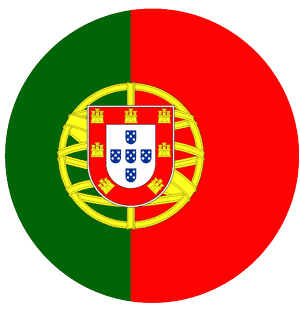In Morocco, there was a heatwave with temperatures reaching 50.4 degrees Celsius on 11th August 2023. The three-day heatwave has left a lasting impact on the local agricultural sector.
The effects of the high temperatures have been particularly strong on crops in sensitive stages, such as tomatoes, which accounted for around 50% of Moroccan fresh produce exports in the 2021/2022 marketing year. Initial reports indicate substantial damage, leading to the replanting of many tomato crops that did not survive the heatwave. Other crops, like peppers and cucumbers, have also been impacted by the intensity of the heatwave, resulting in damage and loss. The Souss Massa region, an important hub for fruit and vegetable production, recorded the highest temperature. The heatwave's repercussions are poised to cause delays to the upcoming harvest as growers replace damaged crops, according to market sources.
In contrast, the citrus season appears to be less affected due to earlier flowering, meaning citrus had passed this sensitive crop development phase, and increased irrigation efforts are being undertaken to safeguard citrus trees from the persistent heat, according to market sources.
Morocco's importance as a major exporter to the EU and the UK underscores the potentially far-reaching consequences of this heatwave. As these regions become more reliant on Moroccan fruit and vegetable exports, the heatwave's effects are expected to resonate through supply chains and market dynamics when the harvest for the various horticultural produce which the heatwave has impacted.

.png?width=145&height=54&name=Mintec_Logo_Small_Use_Mono_RGB%20(2).png)


















